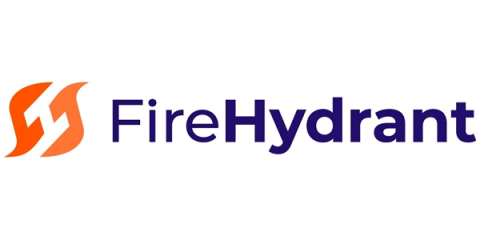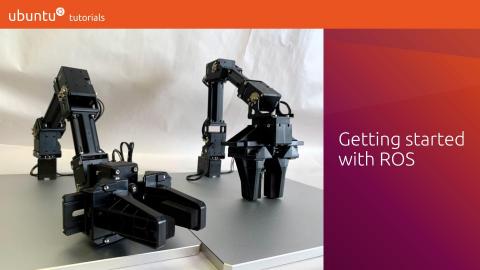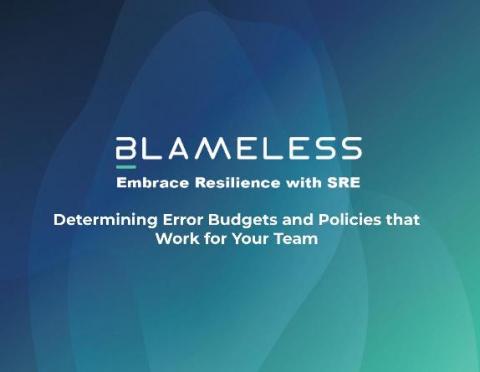Top 5 Mobile Application Performance Monitoring Tools
Your app is done and the client is ready to launch! Everything looks great. But how can you ensure that you will achieve your SLA for uptime? How are you tracking revenue growth (& optimizing)? Do you know how many users you have, and what they’re doing at any given moment in the app? What you need is a monitoring platform that will be able to track these different types of data in one place.










